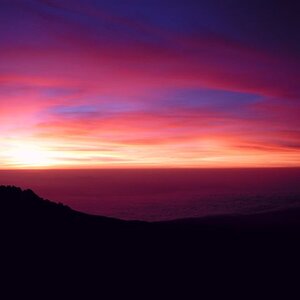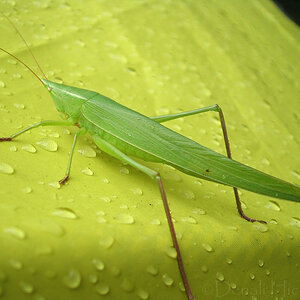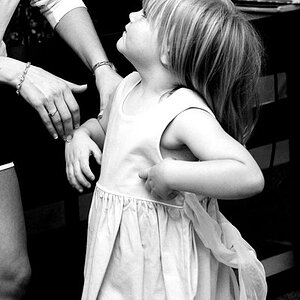Derrel
Mr. Rain Cloud
- Joined
- Jul 23, 2009
- Messages
- 48,225
- Reaction score
- 18,941
- Location
- USA
- Website
- www.pbase.com
- Can others edit my Photos
- Photos OK to edit
Shades of Blue said:What I'm struggling to understand is when you would choose to use either shutter or aperture, and how you decide on adjust one over the other. To me, it has to do with adjusting the shutter for moving objects vs adjusting the aperture for depth of field....but it can't be that simple can it?
Well...there are times when the shutter speed makes a HUGE impact on the photo, such as when tripod-mounted, and slowing the shutter down to the slower speed range, beginning at say 1/8 second and slower, like 1/4, 1/3, 1,2,4,8,15, 30 seconds, and so on--to create deliberate motion blurring, or to do slow-speed panning shots of say racing, athletics, horse riders, other moving subjects.
For me, personally, about the ONLY times I use shutter priority automatic is when I am 1)panning in fluid situations and where I want a consistent, specific shutter duration to get the exact right effect and 2)when shooting helicopters or 3)when photographing rain 4)out salmon fishing on the open ocean, and I want 1/500 or 1/640 or 1/800 to keep the images sharp, to avoid both swell movement AND engine vibrations under troll. Not kidding...that's it, for me at least, as far as using Shutter-priority automatic exposure control. I would estimate my use of Shutter-priority automatic as about 0.005 of my shots per year. Heavy,Oregon rain looks good at speeds from about 1/60 to 1/160 much of the time: too fast, and the drops become little drops...sloooower speeds make rain into beautiful,longer streaks, which show up better.
Aperture is adjusted under most shooting conditions, and control over the aperture is paramount to success under many conditions. I shoot a lot in aperture priority automatic. I select the need f/stop based on the effect I want, and I tend to favor moderate apertures, a lot: f/4.5, f/4.8, f/5.6, f/6.3, f/7.1, and f/8 are the apertures I use the most. The thing is, with many focal lengths, a picture made at a shutter speed of 1/125 looks almost the same as one made three stops faster, at 1/1000 second. Buuuuuut, a photo made at f/2.8 looks very different from one made at f/8. Same three, full exposure setting values of difference, but the aperture makes a HUGE difference in the way the image "looks", compared against the "look" that the shutter speed brings to the photo.
With flash, I might very well shoot 250 out of 300 shots at f/7.1. At shutter speeds of 1/100, 1/125, or 1/160 quite often, or maybe 1/200 second. But ALL of my flash photos are made in full Manual exposure mode. All of them. I have tested Programmed flash, as well as S and A flash, but never have found them useful for anything.
.
Last edited:



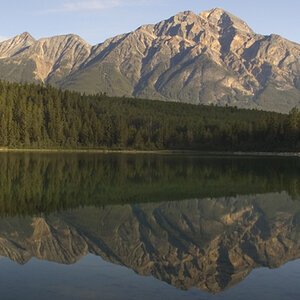

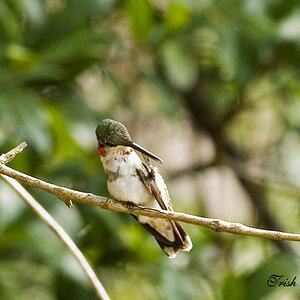
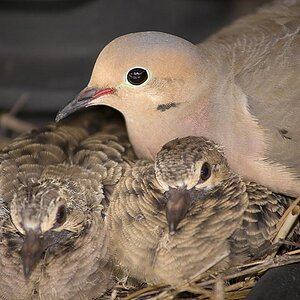
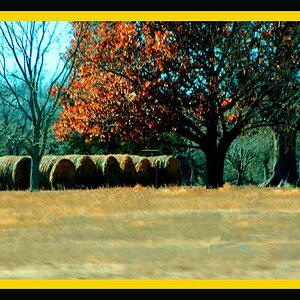

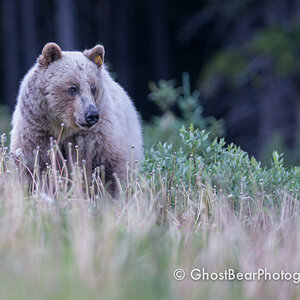
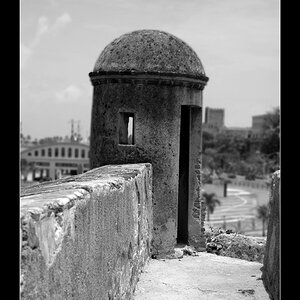
![[No title]](/data/xfmg/thumbnail/42/42056-76026251cb5ebb85b4a4d281d36121d8.jpg?1619739992)
